Photo Post Of The Week
In which we have history in words, and archaeology in pictures
Over on the bookshelves – but not the bookshelf I talked about the othe day – is an interesting little local book by an artist called Cleo Broda. It’s called Symes Avenue: Building On The Past, and it’s about the rebuilding of the centre of Hartcliffe, and the ways in which public art was involved in the rebuilding; particularly, community art which celebrates the area’s history.*
Hartcliffe doesn’t have a particularly long history as a residential centre in its own right: it was built from scratch in the 1950s and in many ways was and is a typical 1950s council housing estate. Shiny and sparkling for the first few years, the first decade even, it decayed. By the time the term “social exclusion” came along, Hartcliffe was a prime example; so the 2000s plan to knock down the old, mostly boarded up shopping street and replace it with a new supermarket and community centre was definitely a Good Thing. The book concentrates on efforts to preserve memories of the estate, record oral histories of its origins, and generally recapture the optimism felt when it was first founded.
Quotes from the oral histories collected during the project fill the cover of the book. Reading through them, I noticed one in particular:
The stone circles at Stanton Drew are three miles from here as the crow flies
I’d heard of Stanton Drew, at some point in my education. And I knew that Hartcliffe was right out at the edge of the countryside. So – look, I’m finally getting to the point – one day, we went out there. To take photos of the stones.
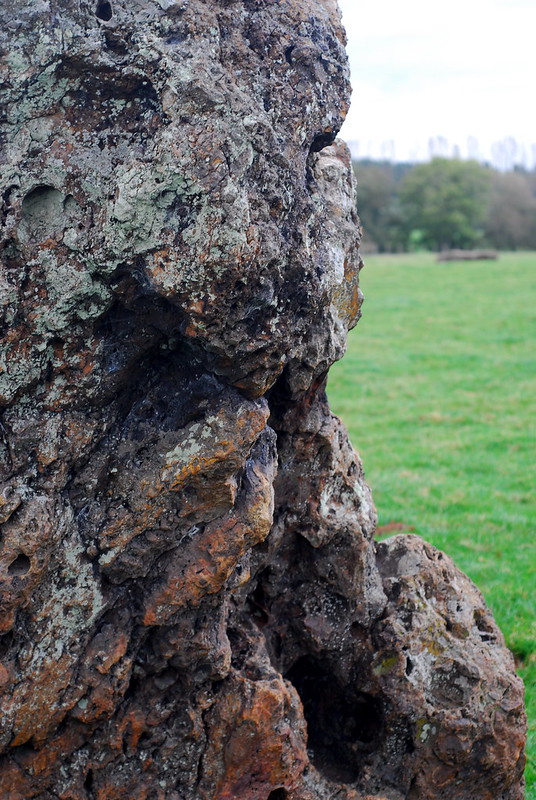
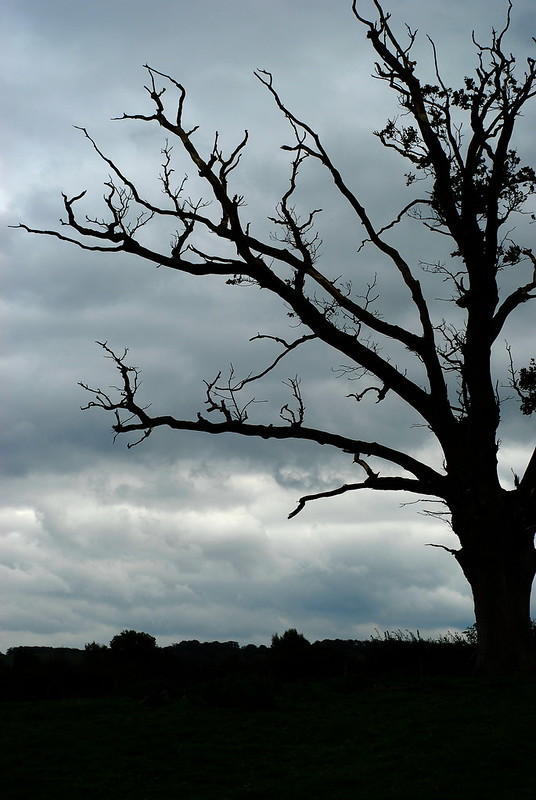
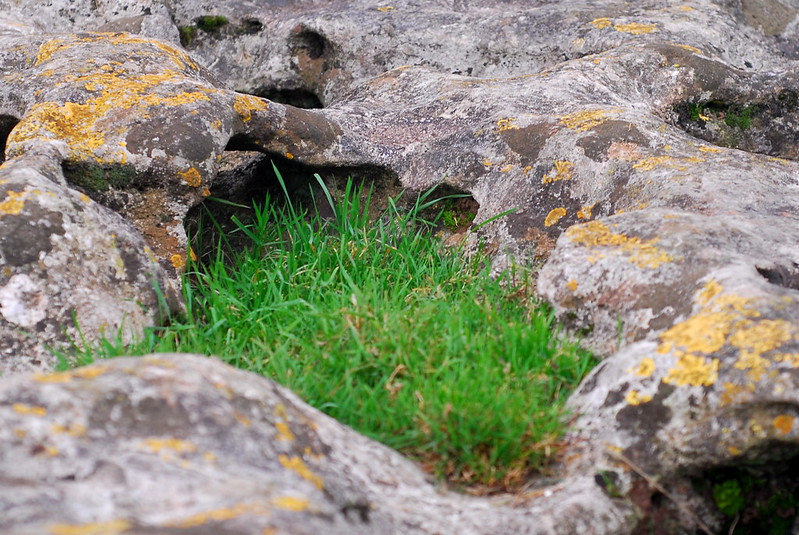
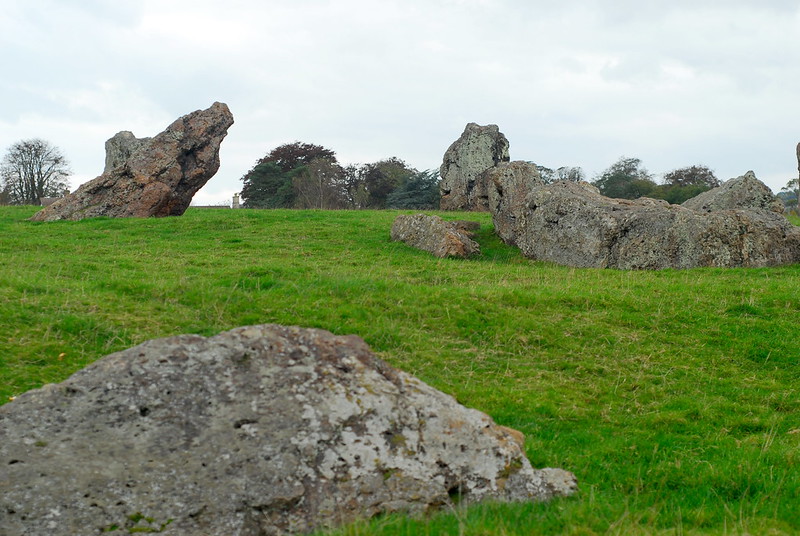
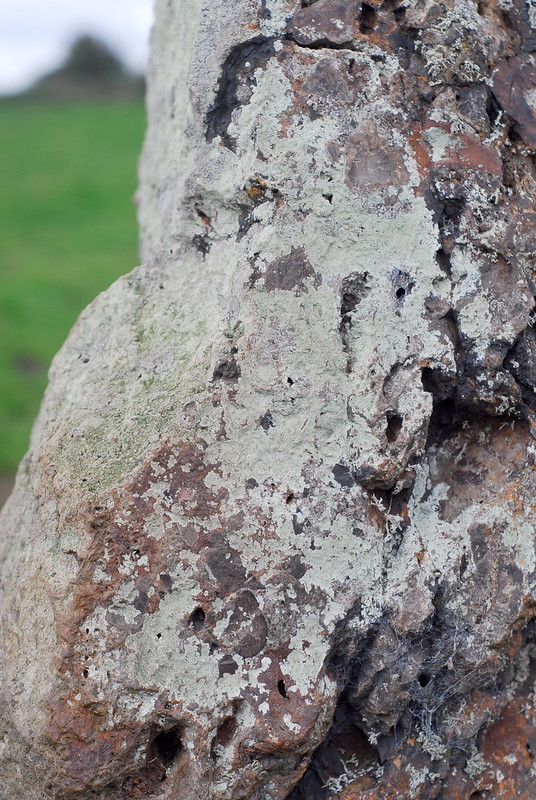
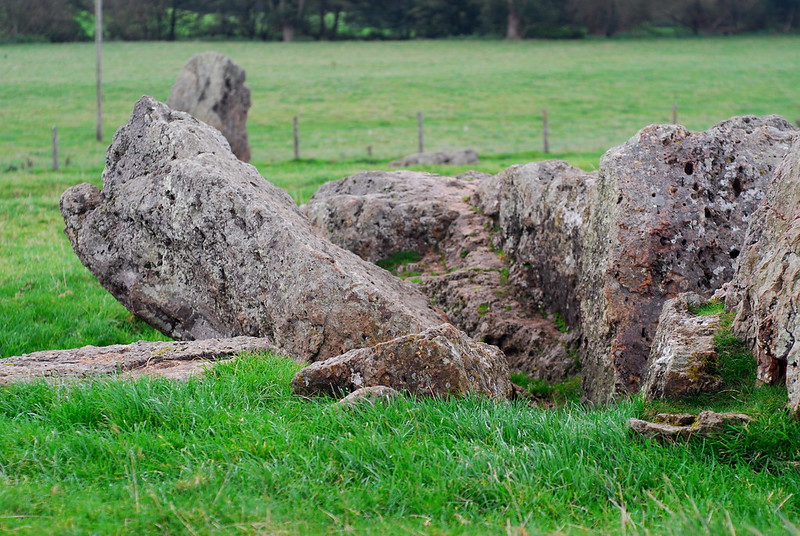

 Home
Home